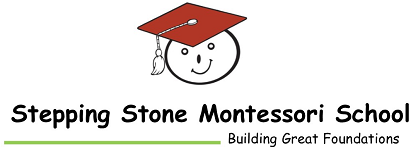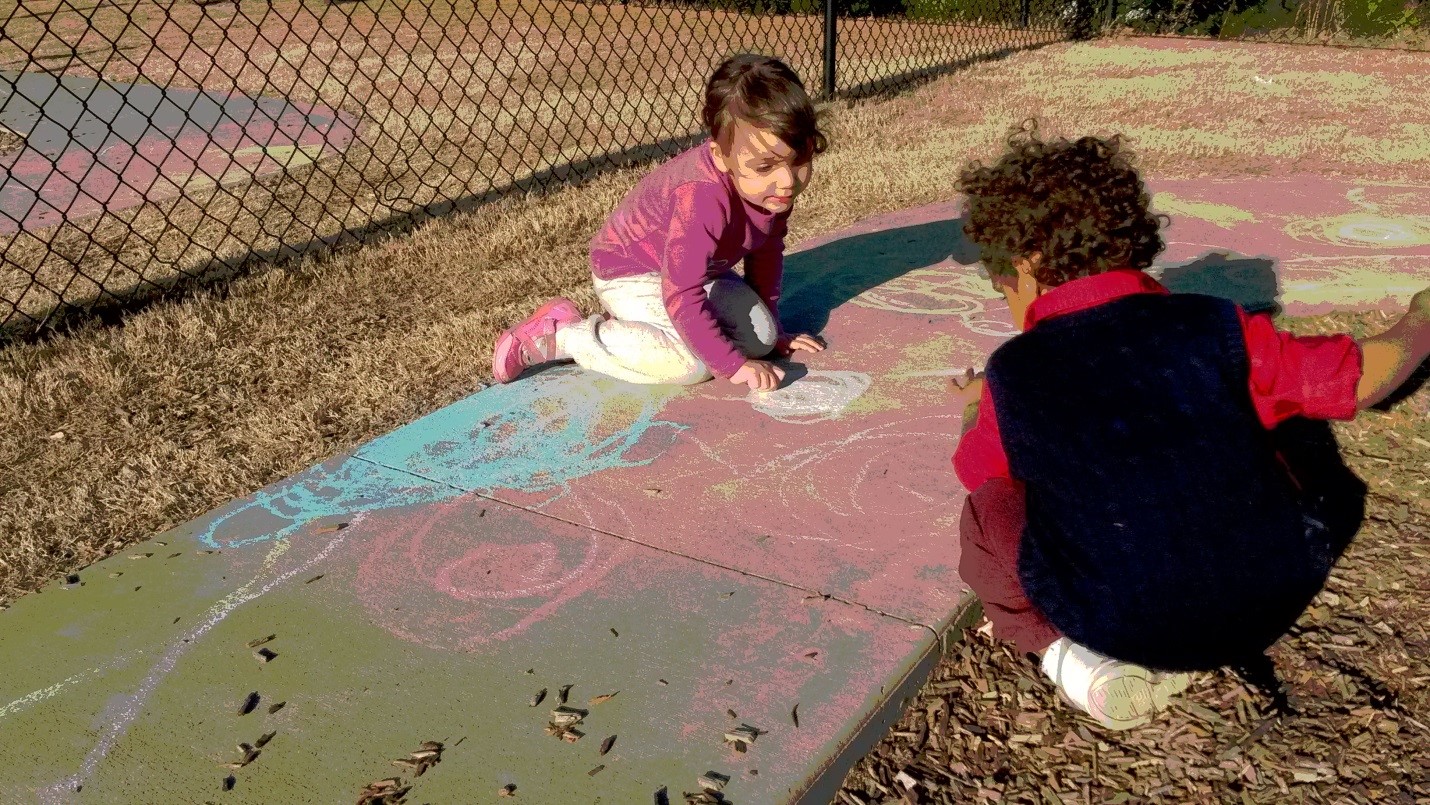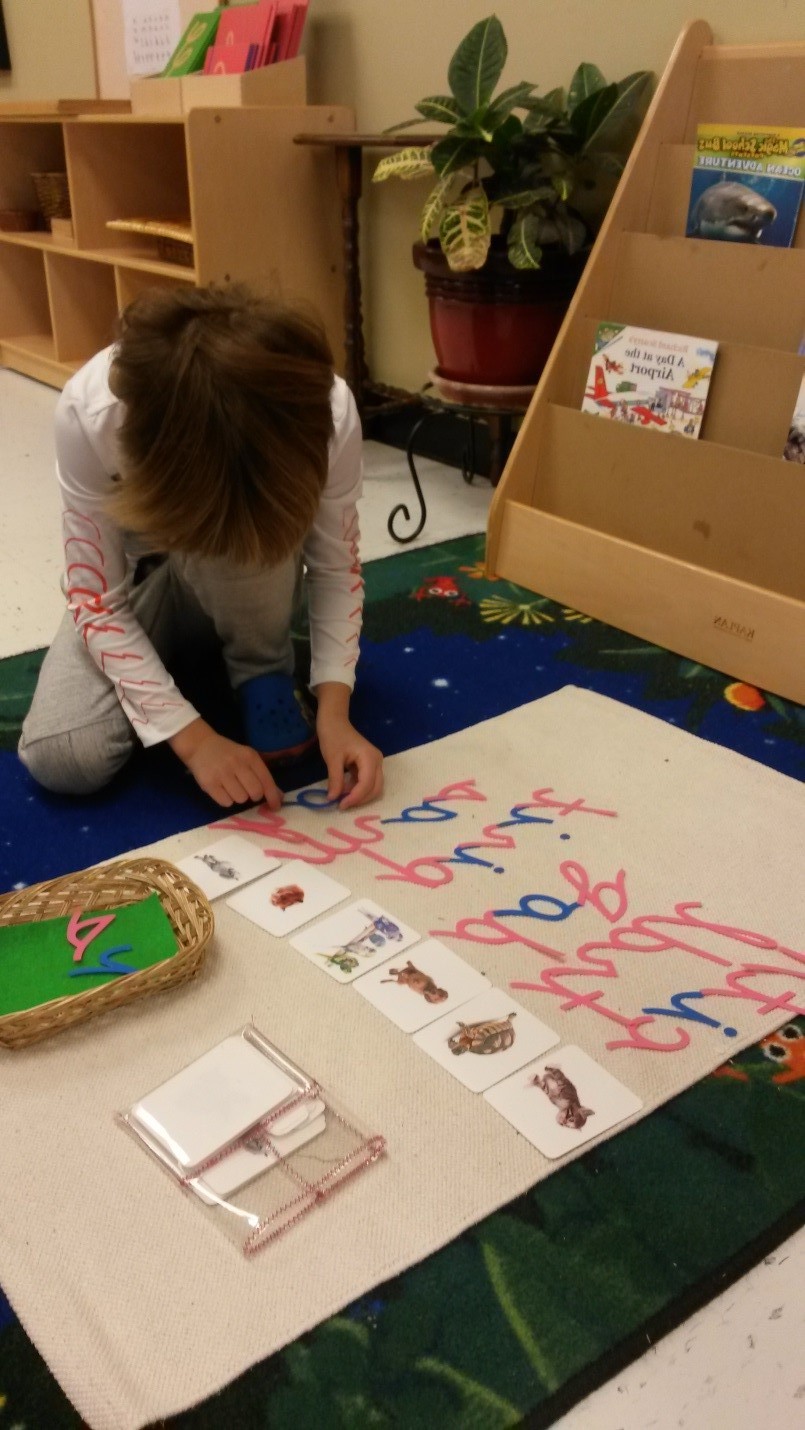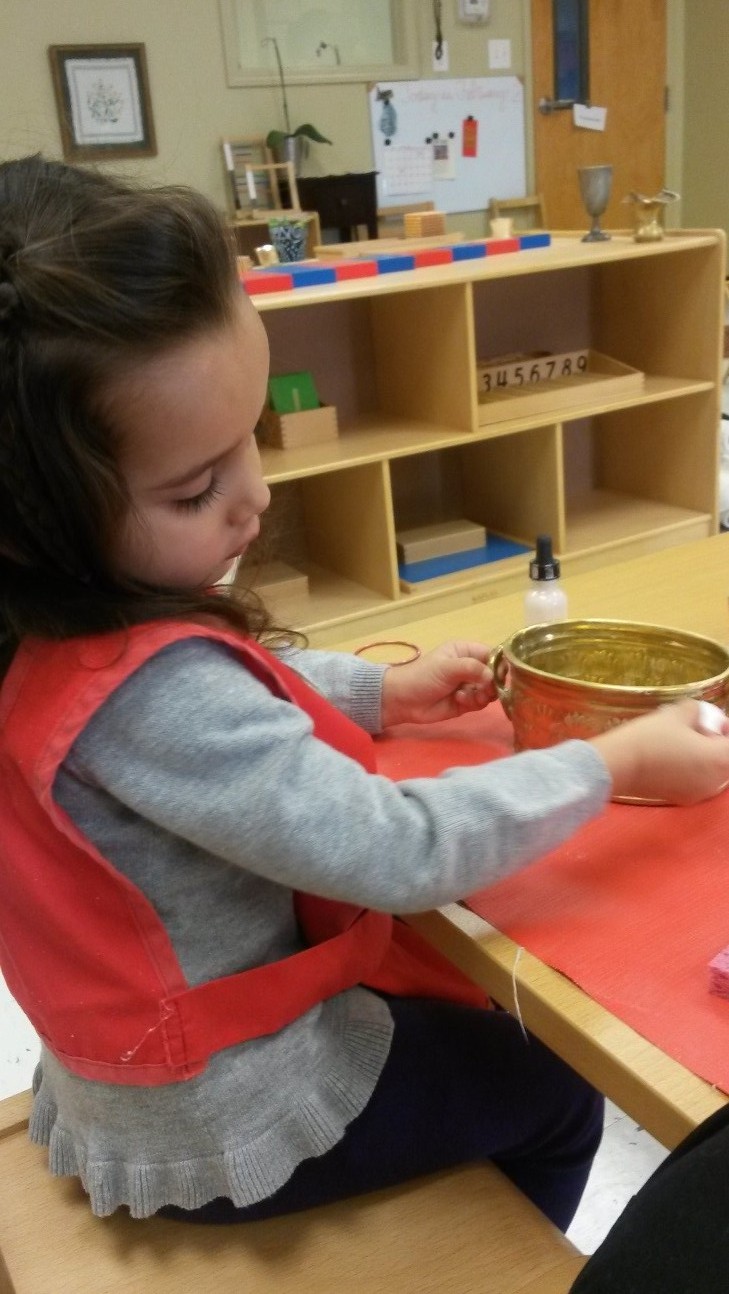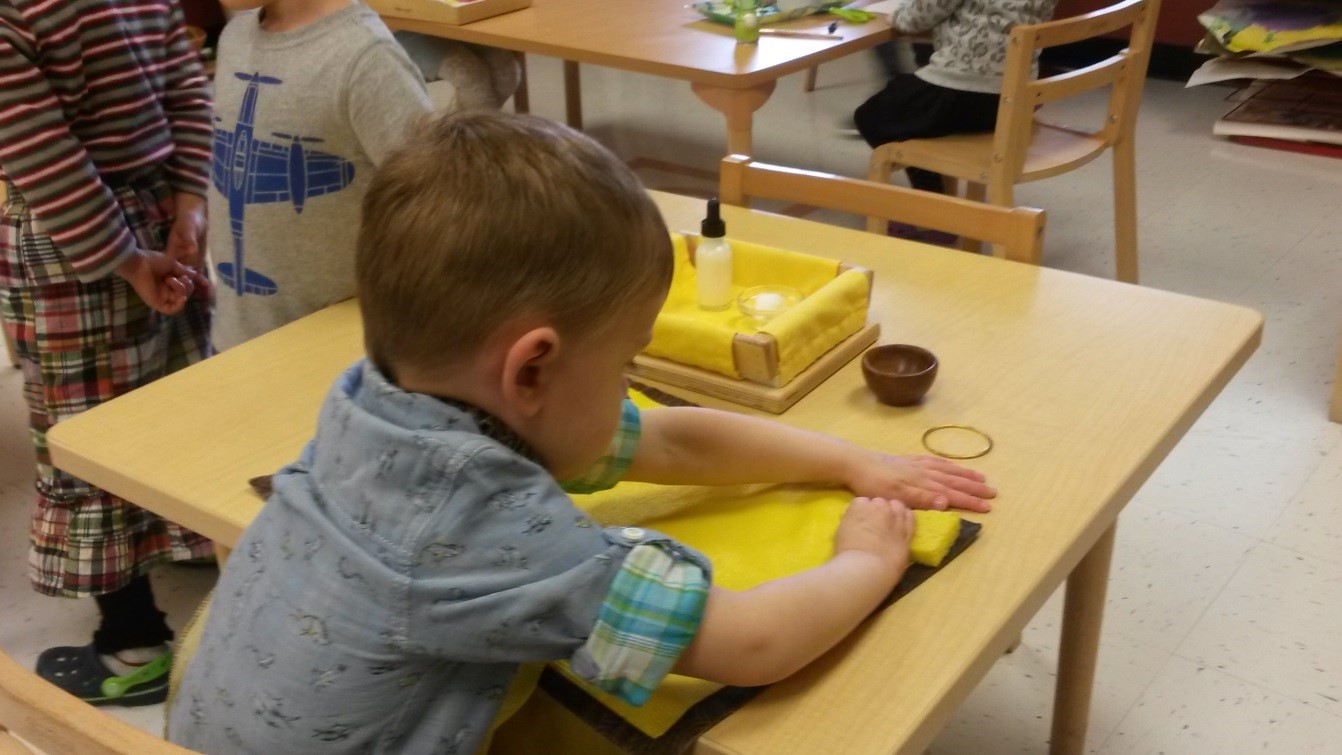There are many aspects of the AMI Montessori education methodology that differ from traditional schools even more progressive private schools. The way children interact with content material, the length of time children are given to master concepts and the teacher-student interaction are among the most obvious differences between Montessori schools and other childcare facilities. When you examine the written work of children in Montessori programs there is yet another very noticeable difference. Montessori children of a young age are not only writing legibly but they are writing in cursive, sometimes more accurately than a lot of adults these days. The irony of typing this article in print instead of handwriting in cursive is not lost on me. I would prefer to be writing with a pen on beautiful paper to illustrate just how beautiful the written cursive word is and because writing is much faster for me than typing no matter how many classes I’ve taken on the keyboard and how to increase my understanding of computers. We have to be honest though that if I did write in cursive, many adults reading this article would have a difficult time reading all of the words easily. It has probably been years (if not decades) since you have written or read cursive writing. These days writing in cursive is selective to signing one’s signature and reading cursive is limited to letters from grandparents. So, why does Montessori focus on cursive? Why do we teach such young children this practically “forgotten” language?
The simplest way to answer the “why cursive?” question is because it is easier. Believe it or not writing and reading in cursive is easier than writing or reading in print and for the young child it is faster. When children first begin using writing tools of any kind (be it chalk, crayon, pencil etc.) the child always begins with scribbling in circular motions. Studies have shown that children all over the world and since the beginning of recordable time scribble first regardless of gender, location, economic status, culture. The circular motions of the cursive language fit these same movements that come naturally without instruction to the youngest children. The perpendicular and crossing lines of most print letters are not natural movements for the young child’s wrist.
The same beginning motions are used to form the letters a, c, d, g, m, n, o, q, v, x and y, while b, e, f, h, i, j, k, l, p and t have the same beginning line and r, s, u and w start the same. Similarly b, f, g, h, j, k, l, p, q, y and even e all have the same elongated loop shape as part of the letter it just depends on if the loop goes above the midline or below the midline (or both in the case of “f”). Because of these similarities between the way the letters are formed the child needs to master only a few simple strokes and then put these strokes into different combinations to form various letters. The letter themselves do not look as similar in cursive as they do in print however so reading is simplified in cursive. Imagine being a young child and quickly differentiating between b, p, d, q and even g when reading, and when writing in cursive you have to really choose between whether you want to write a “d” or a “b”. Reversing letter direction is much harder with cursive letters not just because of their unique shapes, but the letters themselves cannot connect together properly if they are written backwards so the letters provide a control of error to let the child know when a mistake has been made simply because the letters do not touch each other smoothly. Determining the end of a word is much easier with cursive writing because of the connectivity of the letters as well. A word is over when the letters stop connecting temporarily. When writing in print there is space between each letter as well as space between different words. Figuring out how much space to leave between two letters as opposed to making a larger space between two words is a complicated task for young writers. A sentence made of many words written by a young child can simply look like a long string of letters to the reader. The directionality of the letters themselves helps reinforce the idea of left to right for the child as well. In print, some letters start at the top and go down so the placement of the letter on the paper can be anywhere unintentionally, yet cursive letters always begin at the same point on the line and head up and toward the right of the paper no matter what shape is being formed (unless writing a capital letter). Now imagine being 4 years old in a regular pre-school environment and writing a t and then an x. Which line do you write first? Which direction does that line face? Where does the second line cross the first line? Why does so much thinking have to be involved in writing two simple letters? There are only two lines used in the letters t and x and yet so many choices can lead to a different letter being written than the one intended. All of the sudden fat becomes fax or fix becomes fit. The difference between the letter t and x in cursive is so vast that a confusion like this is simply not possible. When forming letters is not complicated writing is an easier task which becomes quick and efficient allowing a child’s words to flow from their mind easier and faster. The young child who is eager to express her/himself enjoys writing without ceasing, and their thoughts flow fluidly from mind to paper as quickly as the hand allows.
Writing on paper is an arrival point for the child who has been working subconsciously on preparing him/herself. Writing comes first for the child because it is much easier to express one’s own thoughts instead of the complex process of reading and interrupting the thoughts of someone else. When writing the author has to think of what they want to say and then find the symbols used to express those sounds. Reading requires the child to identify symbols, decode the sounds of those symbols in order and then make sense of the combination of words to interrupt the meaning. Before children can begin writing however they must have an ordered and logical mind, vocabulary and ideas to express, be able to recognize and identify sounds within words and know which symbols are associated with those sounds.
The child develops an ordered and logical mind by working with Practical Life and Sensorial materials. How each material is set-up, the order items are used and the steps taken to carry out tasks are all deliberate decisions made by the guide shown with exactness for the child to copy. The consistency between the set-up of materials and the predictability for what to do/use next is shown by the materials themselves helping the child continue independently. As the child grows and engages in work with longer processes the mind develops. Vocabulary and ideas to express come from a wide variety of places even at home. Books, stories and poems about different cultures, unique animals, historical people, interesting plants etc all provide the child with concepts to write about and gives them new vocabulary to use. Identifying objects by their most accurate names is something carried out in the Toddler environment with real items (or representations of real items like animals) and with classified cards or the sensorial materials in the Primary environment. Our children must have a variety of words in their vocabulary before anything can be expressed through writing. Before the child can learn the letters of the alphabet s/he has been trying her/his eye by discriminating shape, size, color, dimension or the Sensorial materials. It is much harder to tell the difference between two letter shapes if you have not already been practicing identifying the difference between two triangles of varying size, or differing shades of color for example.
The child is first shown the shape of the letters through the sandpaper letters which is a tactorial experience given at a time when child are most sensitive to texture. The child takes to learning the sounds of the letters when shown in cursive since cursive is less a part of the child’s everyday experience. Learning the symbols by their associated sound (as opposed to learning by the name of the letter) helps the child to learn how to spell based on the rules of the sounds instead of memorizing spelling rules; for example if you hear the sound that starts the word basket you use the letter b because it represents the sound “b” you do not have to memorize how to spell the word basket. The child moves along a word identifying each sound heard and finding the symbol associated with that sound. Children have much practice breaking down words into separate sounds from the earliest age of entering the Primary environment through sound games by which the first sound then the last sound and each sound in between is identified in separate activities. The child is given the moveable alphabet to begin “writing” words to combine the process of taking apart words into sounds and the newly acquired knowledge of which symbol represents each sound. These words are spelled out creatively as the child hears each sound without explicit knowledge or instruction on the principles of spelling.
The child must also have a prepared hand ready to form the shapes of the letters and the strength (both mentally and physically) to carry out the work. There are many indirect preparations the child participates in using materials from the other areas of the environment without realizing s/he is developing skills for writing. The materials in the Practical Life and Sensorial areas of the classroom each have their own individual purpose and use to the growing child, within each of these materials though are subtle opportunities for children to develop an understanding for reading and writing. The circular motions needed to form cursive letters are reinforced when the child participates in one of many polishing activities. The child chooses polishing because s/he is interested in contributing to the beautification of the environment, but they are always strengthening their wrist to write. All children are attracted to the beautiful Montessori Pink Tower in which they are directly refining their understanding of dimension change, but the way in which each of the cubes of the tower is carried strengthens the arm and hand for holding a pencil without tiring quickly. In almost all Practical Life exercises the items for the materials are set-up in a row along the top of a mat starting in the left corner. Setting up the materials in the correct order assists the child in carrying out the task properly (choosing the next item in line from left to right) but what they do not know is that they are concretely creating the sequence of writing or reading from left to write. Children are shown how to clean mats, tables and chalkboards by wiping with a sponge from the top of the material to the bottom starting on the left side; although this is the most effective way to make sure every part of the item is clean it also reinforces the idea that when reading and writing we start at the top of a page and work our way down. In Montessori classrooms children are not taught how to hold a pencil simply by holding a pencil. Starting in the Toddler and even Infant communities materials are manipulated by using a pincer or tri-pod grip which will later be used to hold a pencil correctly. They also develop arm and hand strength to carry out the work of writing through engaging, purposeful work unaware that carrying a bucket of water is actually preparing them for writing. In the Primary environment, graded touch tablets (made of varying degrees of sandpaper) are presented to the child to encourage a lightness of touch when working. Developing a delicate sense of touch ensures the child does not break through paper when writing not realizing the strength of his/her own hand. Using the space of a piece of paper correctly (without words running along the side of a page or writing so big that a single word fits on one line) is a task most children struggle but is aided by the Montessori child’s years of practice using a mat and setting up materials within that space and keeping their work organized and contained. The metal insets in the Primary room are the culmination of all of these efforts being brought together to allow the child to put pencil to paper right before they explode into the beautiful writing of cursive on paper.
The child must also have a prepared hand ready to form the shapes of the letters and the strength (both mentally and physically) to carry out the work. There are many indirect preparations the child participates in using materials from the other areas of the environment without realizing s/he is developing skills for writing. The materials in the Practical Life and Sensorial areas of the classroom each have their own individual purpose and use to the growing child, within each of these materials though are subtle opportunities for children to develop an understanding for reading and writing. The circular motions needed to form cursive letters are reinforced when the child participates in one of many polishing activities. The child chooses polishing because s/he is interested in contributing to the beautification of the environment, but they are always strengthening their wrist to write. All children are attracted to the beautiful Montessori Pink Tower in which they are directly refining their understanding of dimension change, but the way in which each of the cubes of the tower is carried strengthens the arm and hand for holding a pencil without tiring quickly. In almost all Practical Life exercises the items for the materials are set-up in a row along the top of a mat starting in the left corner. Setting up the materials in the correct order assists the child in carrying out the task properly (choosing the next item in line from left to right) but what they do not know is that they are concretely creating the sequence of writing or reading from left to write. Children are shown how to clean mats, tables and chalkboards by wiping with a sponge from the top of the material to the bottom starting on the left side; although this is the most effective way to make sure every part of the item is clean it also reinforces the idea that when reading and writing we start at the top of a page and work our way down. In Montessori classrooms children are not taught how to hold a pencil simply by holding a pencil. Starting in the Toddler and even Infant communities materials are manipulated by using a pincer or tri-pod grip which will later be used to hold a pencil correctly. They also develop arm and hand strength to carry out the work of writing through engaging, purposeful work unaware that carrying a bucket of water is actually preparing them for writing. In the Primary environment, graded touch tablets (made of varying degrees of sandpaper) are presented to the child to encourage a lightness of touch when working. Developing a delicate sense of touch ensures the child does not break through paper when writing not realizing the strength of his/her own hand. Using the space of a piece of paper correctly (without words running along the side of a page or writing so big that a single word fits on one line) is a task most children struggle but is aided by the Montessori child’s years of practice using a mat and setting up materials within that space and keeping their work organized and contained. The metal insets in the Primary room are the culmination of all of these efforts being brought together to allow the child to put pencil to paper right before they explode into the beautiful writing of cursive on paper.
